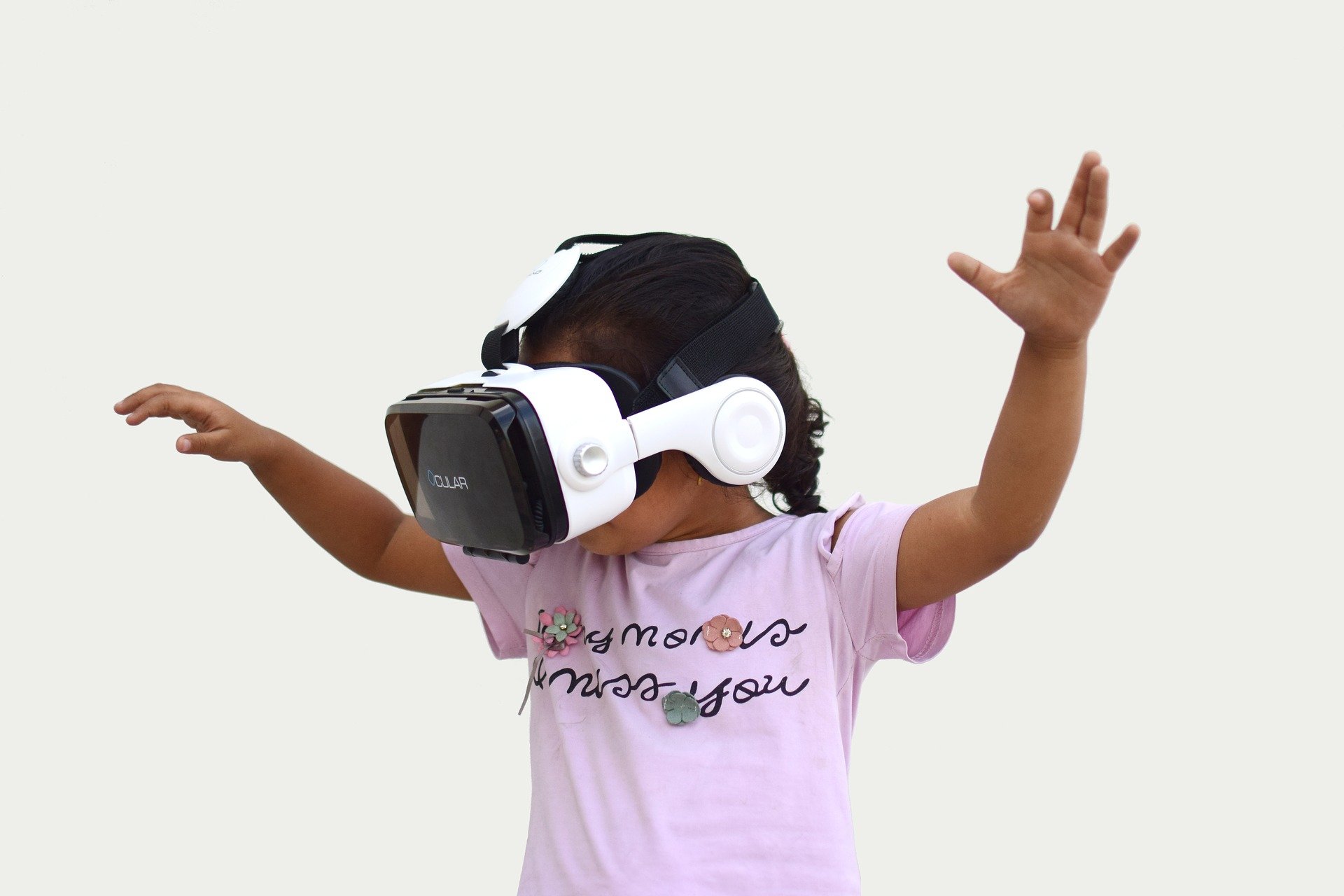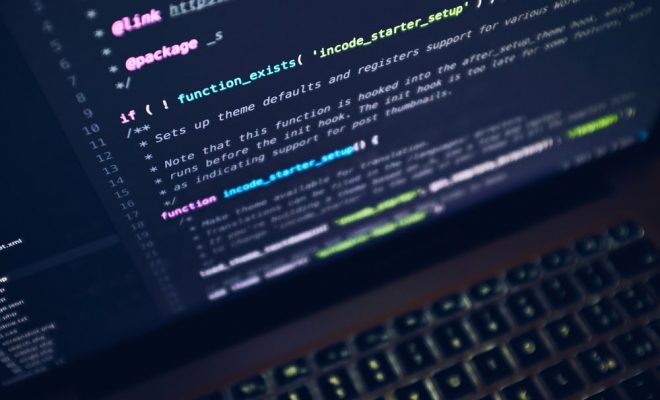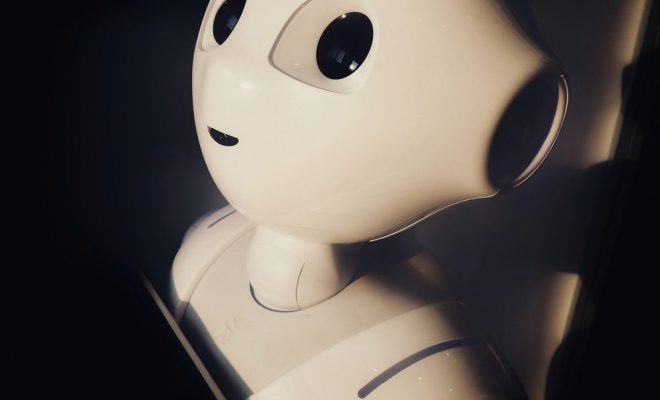Machine Intelligence, Schools in China, and You

China is out-innovating the world, and it’s using technology to do it.
The Chinese are raising venture capital at unprecedented levels, creating transportation links between major cities, and producing more STEM graduates than any other country in the world, all to be the dominant player in the world.
China is also leading in AI education, with the goal of establishing major global innovation centers for artificial intelligence in Chinese universities no later than 2030. The impact of this effort is already being felt in K-12 classrooms throughout China.
The goal to master AI and machine intelligence will affect not only social capital but also other areas, such as military strength. The Chinese see harnessing the power of machine intelligence as advantageous. Machine intelligence in China’s schools
Machine intelligence has already made its way into the schools in China. Some classrooms have been fitted with smart cameras. Teachers routinely rely on grading software to manage their workload and provide objective assessments on student performance. And finally, China has produced a comprehensive AI textbook for preschool children.
Some students in Chinese schools are already subjected to the facial recognition software that records their emotions throughout the course of the day. A noble idea, the software alerts teachers if students seem confused or bored. The teacher can adjust the lesson to improve student engagement and understanding.
Automated grading systems reduce the time it takes to grade student work. Thanks to the keen eye and analysis of artificial intelligence, teachers will have more time to work with students or design lessons because they’ll spend less time grading. The benefit to students is that the grading is more objective because AI treats all students without favoritism.
Even textbooks are going the route of machine intelligence. The Henan People’s Publishing House has published a 33-volume AI textbook designed for preschoolers. A collaborative effort between Google and Chinese universities, the AI textbook is the first of its kind.
The machine intelligence in your life
Although not yet adopted with the enthusiasm of China, machine intelligence in other countries is gaining a foothold. As a result, no global citizen is immune from the intrusion of artificial intelligence.
Cities have long relied on safety and surveillance security cameras and software to deter crime. Several personal safety apps on the market can detect the difference between gunshots and fireworks.
Relying on biometric software to safeguard individuals isn’t too different from China’s plans to use facial recognition software in airports, at ATMs, and even in public toilets. To reduce criminal activity, governments are asking their citizens to trade convenience for personal freedom. China is testing a social credit system that allows or denies freedom based on behavior that’s been recorded and analyzed.
Cameras installed in classrooms is a common thing; scanning faces to determine if someone belong in the building, is a threat or an offender is new to some schools. Others have embraced the technology quickly. U.S. schools, like the Broward County Schools in Florida, already are investing in facial recognition software systems.
Machine intelligence software is here already; it’s in use in U.S. schools. The difference is that we haven’t yet tied it to social credits.




